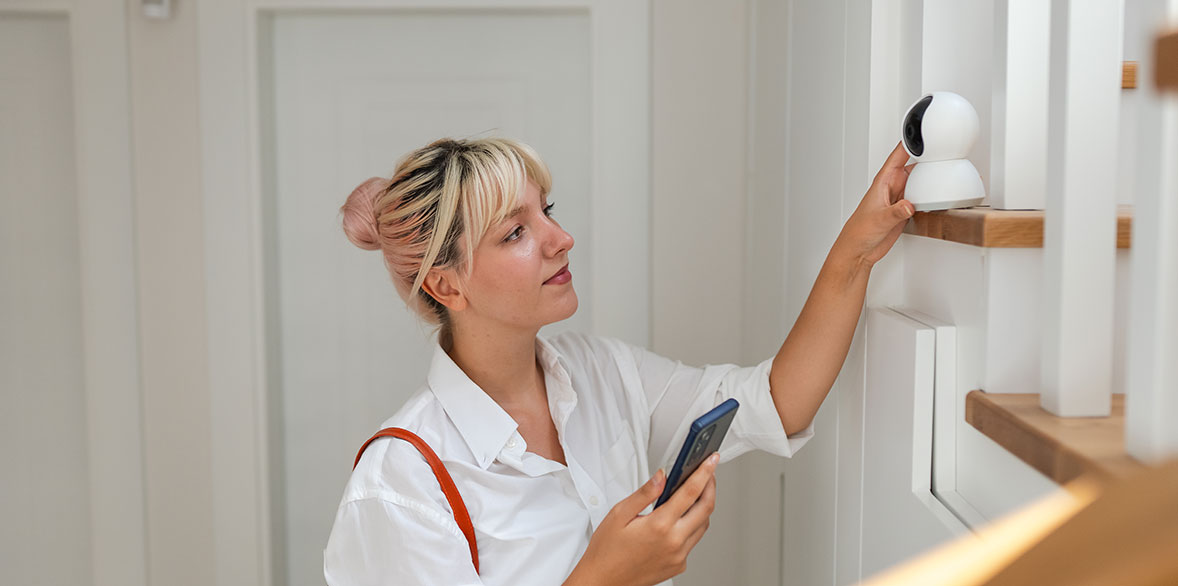When Smart Devices Get Dumb: Why Your Tech Fails You at the Worst Times
It’s ironic, isn’t it? You spend hundreds or even thousands on smart devices—phones, TVs, speakers, watches, lights, thermostats—yet when you need them the most, they suddenly stop working, freeze, disconnect, or just get weirdly slow. Smart tech is supposed to simplify life, not stress you out. So why does it so often fail you when you’re in a hurry or need it the most?
There’s a reason behind that frustration. Actually, several. And they reveal something uncomfortable about the way smart technology is built and sold today.
Too Smart for Its Own Good
Smart devices are loaded with features. They learn your patterns, automate routines, and even try to predict your needs. But more features mean more complexity. And with complexity comes risk. A simple mechanical switch has one job and rarely fails. A smart switch needs Wi-Fi, a server, an app, and a firmware update just to turn on a light.
So when your smart speaker doesn’t respond, or your smart lock glitches, it’s often because something in that chain broke—even if just for a second.
The Internet Dependency Trap
Many smart devices aren’t really smart—they’re just connected. They rely heavily on cloud services to function. That means if your internet connection stutters, or the company’s server is having issues, your device might become a useless lump of plastic and glass.
It’s not uncommon to see smart home users stuck outside their house because a cloud-based lock stopped responding. Or for smart lights to be uncontrollable because the app can’t connect. This reliance on remote servers turns “smart” into “fragile.”
Updates That Break More Than They Fix
Ever noticed your device worked fine until an update rolled out? That’s more common than you’d think. Companies push firmware updates to patch security flaws or add features. But sometimes, those updates introduce new bugs or break compatibility with older devices.
Unlike software on a computer, smart devices often update in the background, without warning. You wake up one day, and your thermostat refuses to follow your settings. Or your TV interface looks different—and slower. There’s no rollback option. You’re stuck.
Battery, Heat, and Real-World Chaos
Another issue? Smart devices are often tested in perfect lab conditions. But the real world is messy. Batteries degrade. Devices overheat. Signals drop. Kids press buttons too fast. Pets chew on cables. And during moments of stress—like when you’re late, tired, or overwhelmed—your patience is short, and your tech seems to know it.
Ironically, this is often when it fails. Not because the device is mocking you, but because the systems inside it were never designed for real-world chaos. They’re optimized for ideal conditions, not unpredictability.
The Illusion of Reliability
Smart tech marketing is filled with promises of automation, learning, and “set-it-and-forget-it” ease. But the truth is, many devices are only as smart as the environment they’re in. A weak signal, a software glitch, or a bad update can render them unreliable.
And unlike traditional tech, you can’t always fall back on manual controls. Some devices don’t even have physical buttons anymore. When they fail, they fail hard—and you’re left helpless.
What You Can Do About It
While you can’t make your tech perfect, you can reduce your frustration by making smarter choices:
- Stick with local control when possible. Devices that work without cloud dependence are more reliable.
- Avoid first-generation products. New tech often comes with bugs.
- Don’t rush updates. Wait a few days after a new firmware release. Let others test it first.
- Have backups. A manual key for a smart lock. A regular switch for smart bulbs. A way out if the automation fails.
Most importantly, don’t trust tech blindly. Smart doesn’t always mean dependable.
Final Thought
Smart devices are here to stay. They’re convenient, futuristic, and often genuinely useful. But they’re not magic. They’re complex systems that rely on software, networks, and unpredictable environments to function.
So next time your smart home gets dumb at the worst possible moment, remember: it’s not you—it’s the over-engineered, under-tested tech you trusted too much.





